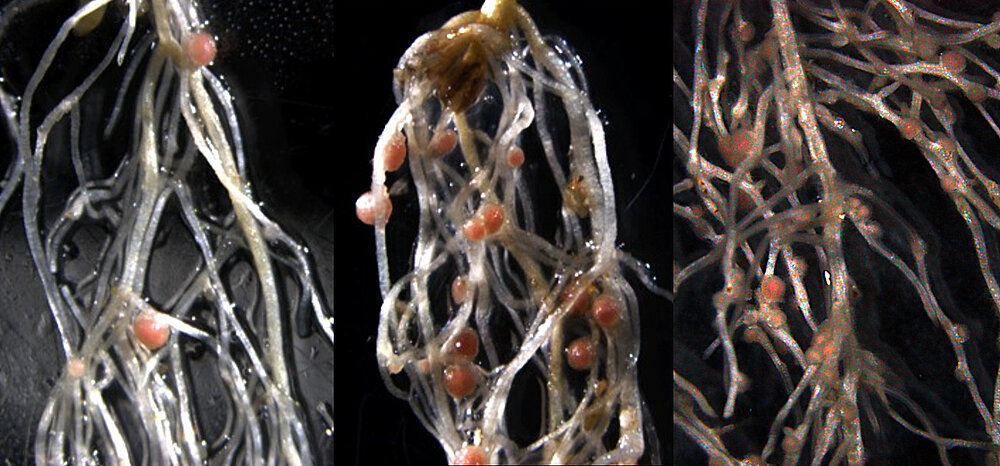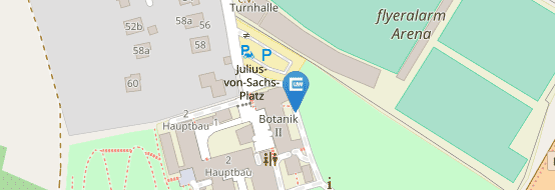How plants balance their diet: genetic control of nitrogen foraging
Focus:
How plants balance their diet: genetic control of nitrogen foraging
Project participants:
Cooperation with Arthur Korte and Philipp Kreisz

In a natural soil environment, nitrogen availability is often limiting and not uniformly distributed. Plants evolved different strategies to ensure nitrogen supply and cope with nitrogen limitation and patchiness. Many seed plants adapt their root system architecture in response to nitrogen availability in the substrate, a process known as foraging response (Giehl et al., 2014). Nitrogen-dependent root foraging responses are shoot dependent (Guan et al., 2014) at least in part, and integrate the systemic nitrogen status of the plant.
Similar to lateral roots, the number of root symbiotic nodules in legumes is regulated according to nitrogen availability in a systemic process. Both lateral roots and N-fixing nodules represent lateral organs originating from the root system, and both require growth space and mineral nutrients as well as carbohydrates for development.
With a particular interest in systemic signaling processes and the role of micro RNAs therein, we investigate how legume plants balance lateral root organ formation in the face of nitrogen limitation or sufficiency to ensure optimal nutrient supply. Furthermore, we look at how asymbiotic plants like Arabidopsis thaliana coordinate N-dependent root system responses, and how this differs from nodulators.








